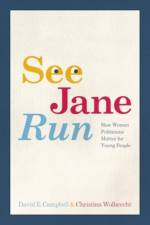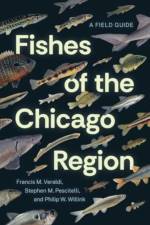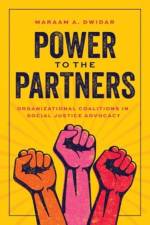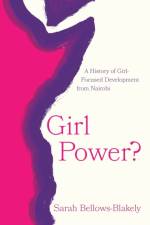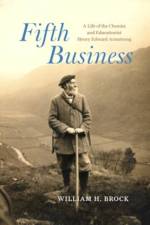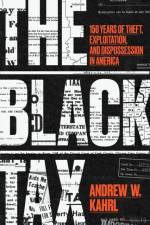av Francis M. Veraldi
435
Fish don't heed state boundaries, nor does this comprehensive, photo-filled guide to the diverse species of Chicago and beyond. Encompassing southern Lake Michigan, northeastern Illinois, and adjacent areas of Indiana, Michigan, and Wisconsin, the Chicago Region is home to rare habitats supporting diverse fish populations. From small creeks to large rivers, and small ponds to one of the world's largest freshwater ecosystems, Lake Michigan, these systems are home to some 164 fish species representing 31 families. We meet them all--lampreys, sturgeon, paddlefish, gars, drum, darters, perches, sticklebacks, sculpins, and more--in this book, the most complete and up-to-date reference for fishes in the Chicago Region. Written by leading local ecologists, and featuring a pictorial family key, color photographs, and detailed distribution maps for each species, as well as natural history summaries with observations unique to the region, this go-to guide belongs on the shelf--and in the boat--of every angler, naturalist, fisheries manager, and biologist.




